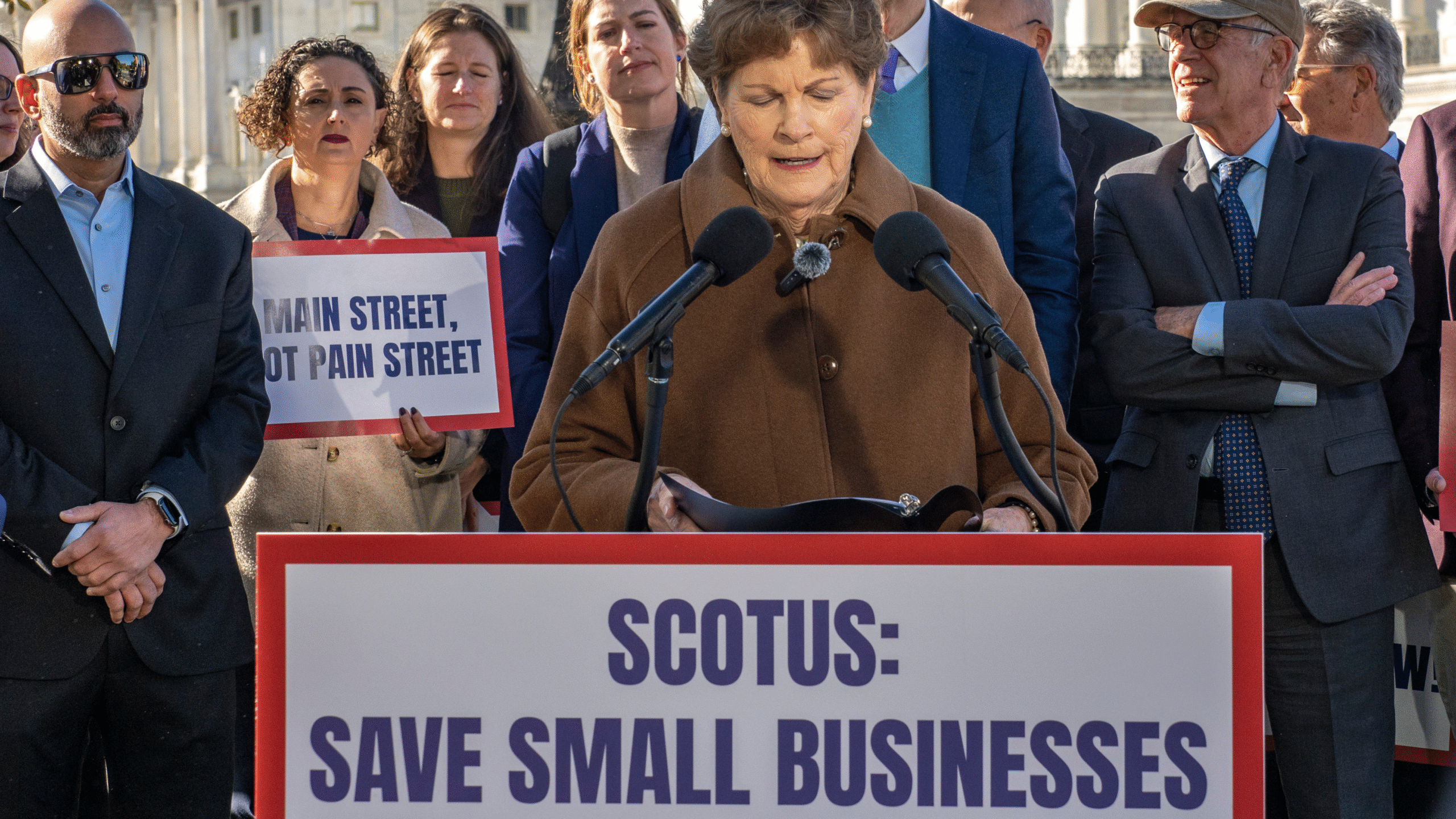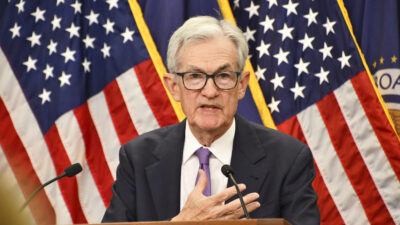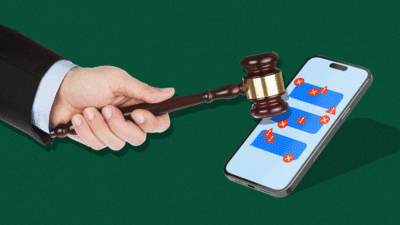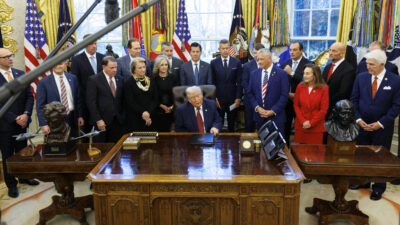Supreme Court Questions White House Rationale for Tariff Regime
The Supreme Court agreed to fast track this case, meaning a ruling could be handed down before the end of the year.

Sign up for smart news, insights, and analysis on the biggest financial stories of the day.
Sometimes, the nine justices on the highest court in the land hold their cards close to their robes. On Thursday, as the Supreme Court of the United States heard oral arguments in a blockbuster case challenging President Donald Trump’s wide-ranging global tariffs, they laid a hand of healthy skepticism right out on the table.
Justices expressed doubt that a national emergency law can be interpreted as giving the executive branch the power to impose billions of dollars’ worth of taxes on imports without the approval of Congress. Their ultimate decision could redefine the great economic issue of 2025.
Question Time
20th-century President Theodore Roosevelt, a protectionist Republican, had a patented diplomatic approach: “Speak softly, and carry a big stick.” With tariffs, Trump has brought the big stick, but traded the soft talk for threats of sky-high import levies to pressure trading partners over issues from immigration to fentanyl trafficking and a television commercial he didn’t like. To justify its actions, his administration has cited the 1977 International Emergency Economic Powers Act (IEEPA), which allows a president to regulate commerce during national emergencies but has never been used to impose tariffs.
The case before the Supreme Court was brought by groups of small businesses and 12 states, which argue that the tariffs are causing economic harm and that Trump lacks the authority to set them under IEEPA. Lower courts agreed, leading to a fast-track hearing from SCOTUS, where the Trump administration was confronted Wednesday with skepticism from both ideological opposites and allies:
- “The Constitution is structured so that if I’m going to be asked to pay for something as a citizen, that it’s through a bill that is generated through Congress,” Justice Sonia Sotomayor, a member of the court’s liberal wing and an appointee of former Democratic President Barack Obama, said during the hearing.
- Neil Gorsuch, a member of the court’s conservative majority and a Trump appointee, said he was “struggling” to grasp the administration’s arguments and pointedly asked: “What would prohibit Congress from just abdicating all responsibility to regulate foreign commerce?” The majority of justices signaled they believe tariffs amount to taxes and that raising revenue is a constitutional power reserved for Congress.
While Trump has bragged that “we’re making a fortune” from tariffs, Solicitor General John Sauer, the administration’s lawyer, argued that the levies aren’t intended to raise revenue and are instead “regulatory.” If the court doesn’t buy that argument, it’s unclear what would happen to the $90 billion in collected revenue addressed by the case. As Justice Amy Coney Barrett said, “It seems to me like it could be a mess.”
The Waiting Game: Since the Supreme Court agreed to fast-track the case, a ruling could be handed down by year’s end. The mere hope of a change to the tariff regime was enough to boost shares in trade-sensitive companies: Automakers General Motors and Ford rose 2.8% and 2.5%, respectively, on Wednesday.











